ANALOG-DIGITAL CONVERSION
At the moment, it looks like the world is going to split in two. In the old, also referred to as “analog”, and in the new “digital” world. The latter describes systems that can be determined by two states. With the binary expressions 0 and 1, almost anything can be described, especially by simple logic. Even if one speaks today of information, one almost exclusively means digital information. This is then very precise. You can process them, do complicated calculations and save very well.
The term analog is used to describe a system that is soft, warm and flowing. The word itself is misused. An analogy describes a situation that is the same or very similar to an already experienced situation. For example, if someone is less successful in their decisions and yet happy, the analogy of “Hans in luck” is often used. Why the analogue is seen as the antithesis of the digital is due to the development of electronic devices. First temperature meters were constructed by means of temperature-dependent resistors. The electrical resistance has changed analogously to the ambient temperature. Similar devices were then developed for printing, speed, brightness, etc.
In all these applications, there are components that changed analogously to the measured size. The quantities to be measured all have a common property and that is their “continuity”. Temperatures, pressure, humidity, etc. do not change abruptly, but move steadily faster, once more slowly, up and down.
As a result, environmental variables are subject to constant change.
Living beings undergoing an evolutionary process must respond to environmental change as quickly as possible. For this they need a sensor with which they can capture the current state. As already mentioned, temperature is a vital condition. Higher-developed beings still hear and see. For example, humans have a cochlea and a retina.
From a physical point of view, there are four forces that affect us. These are: electromagnetic radiation, gravity and strong and weak nuclear power. Sometimes nuclear power is seen as part of electromagnetism – then only two primal forces remain. As you can see from recent research reports, gravitation also spreads undulating. This reduces everything to vibrations, frequencies and waves. If you did not know it, you would call it analog. In fact, it is a constant change in the rhythm and amplitude of a Vibration.
We know different types of vibrations. Among other things, the pressure wave, as generated by earthquakes and speech, as well as the electromagnetic wave of heat radiation to radioactivity. Light is therefore a very special form of electromagnetic waves because it is visible to living things. So there is a frequency between 400 and 700 nm wavelength, which stimulates the sensors of the retina. Depending on the frequency we see between purple and red. One could ask now, how many reds are there actually? There are two answers to this question: 1. There are infinitely many; 2. There are only gradations and these are limited.
For example, a section of the red light would be 720 and 721 nm. How many gradations are there between these two values?
Mathematically and logically, there are infinitely many numerical values between 720 and 721 nm and thus infinitely many reds. In general, physical variables with a continuous course always have an infinite number of characteristics.
If we want to turn “continuous information” into digital, we need a two-stage device. First of all, the measured values have to be recorded in the same way as the physical gradient and then converted to digital in the second step. The analog-digital converter plays a big role. In the conversion process itself, the resolution and the sampling rate have an important role. Whether an analog value is resolved in 16, 32 or 64 bits describes the amplitude accuracy. The higher the frequency, the higher the sampling rate must be in order to ensure the most lifelike digital resolution possible. One thing is clear, the higher the resolution and sample rate, the more binary information and associated processing power, storage capacity and transfer rates are needed.
If you want to reproduce nature as it is, all you need is energy as it provides the whole universe and all matter as memory. From a purely physical point of view one must therefore assume that digitization will consume a great deal of energy and matter. The currently low degree of digitization is deceiving beyond that. Nevertheless, there are already some signs that the mining farms are used to calculate the cryptocurrency. These already consume as much electricity as equivalent to 120 countries. Digitization will therefore also be a question of large amounts of energy.
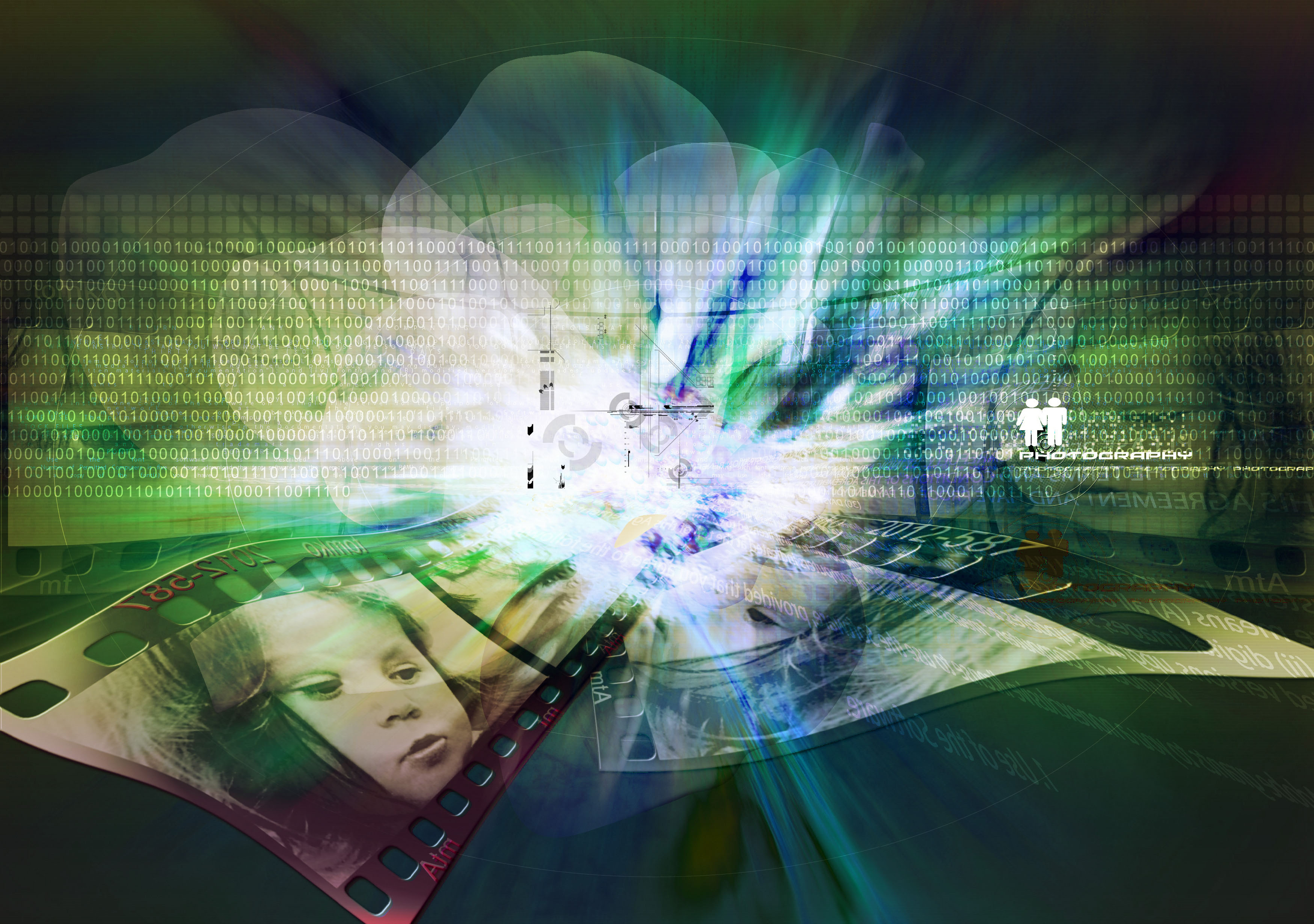
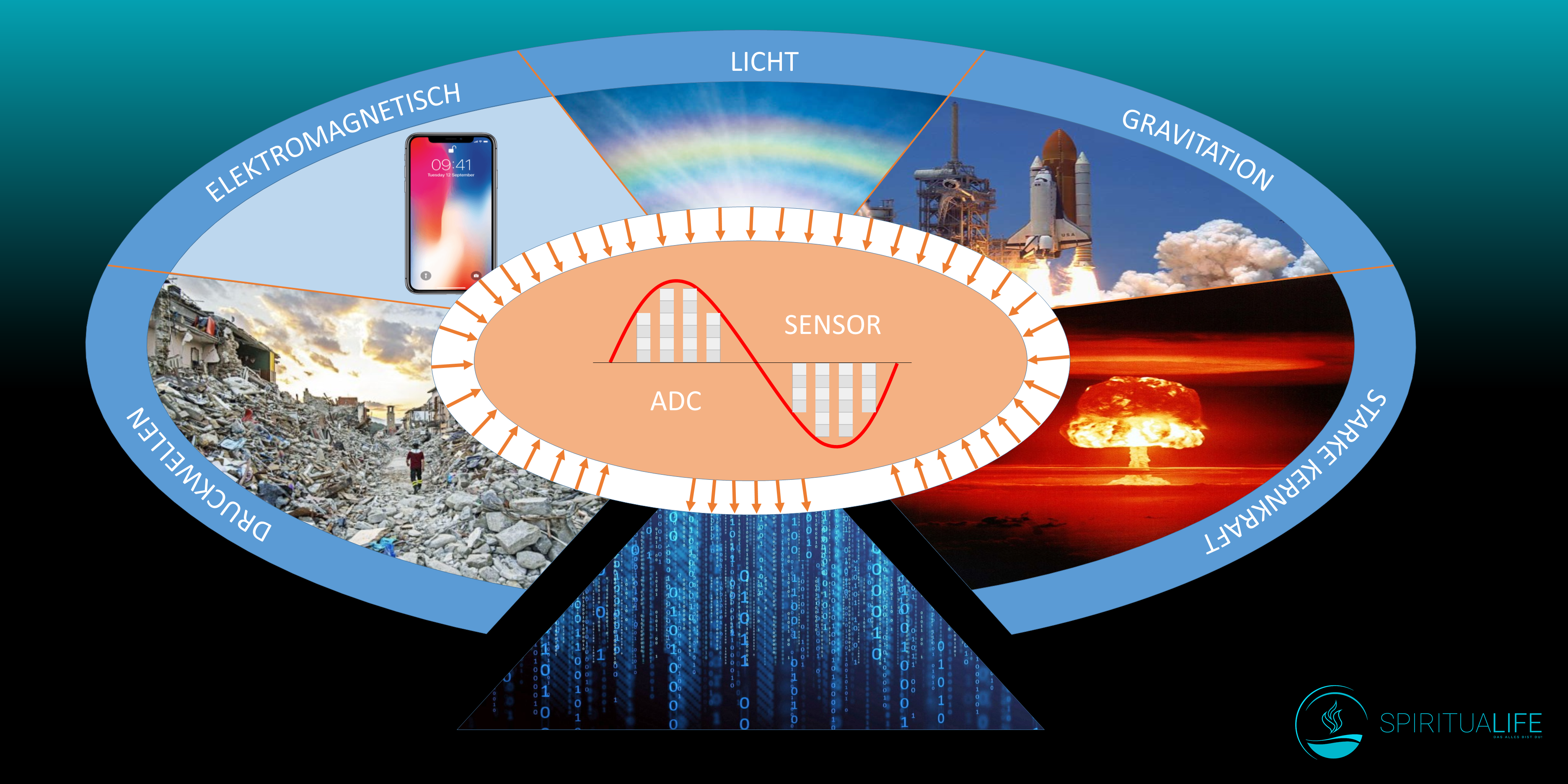
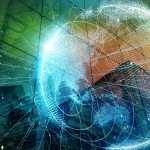

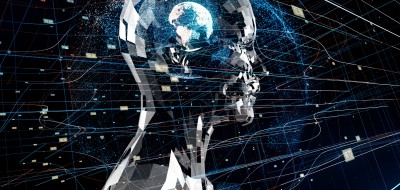
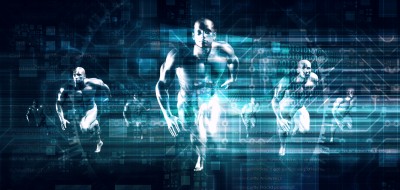

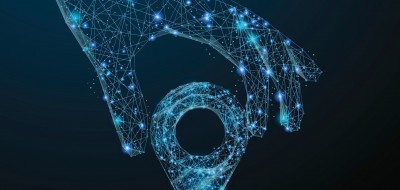
 Deutsch
Deutsch English
English